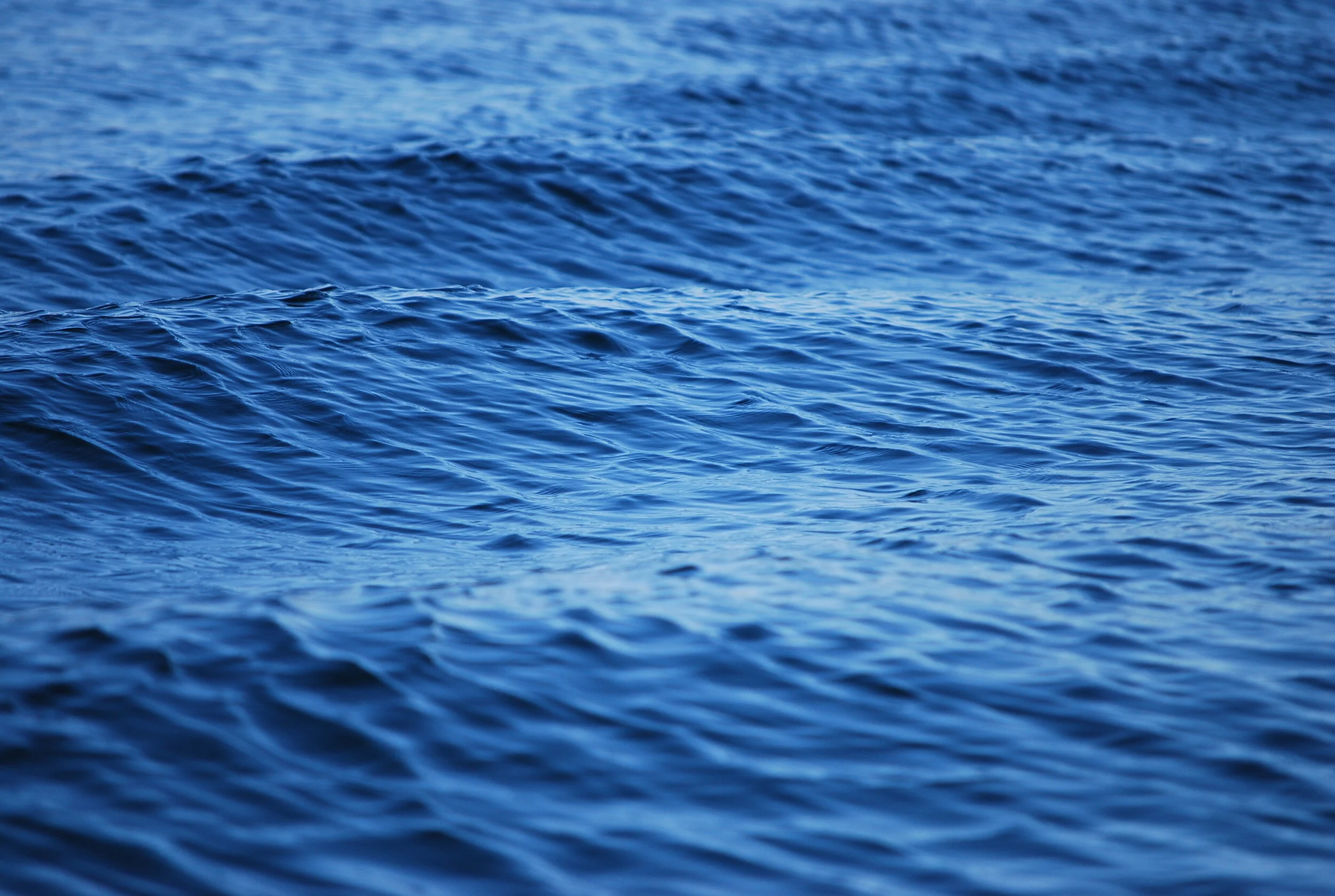A precautionary ecosystem-based approach to fisheries management is important due to the fluctuating nature of some fish populations, uncertainty surrounding biomass and recruitment estimation, climatic influence, multiple species interactions and vulnerable dependent predators. Important mid-trophic level forage species in the California Current Ecosystem foodweb include anchovy, sardine and herring, which are all commercially exploited. Predatory fishes including halibut and salmon are also commercially valuable. We synthesize data, develop indicators, and integrate ocean and climate influences, predator-prey interactions and habitat needs into comprehensive frameworks to facilitate implementation into fisheries management. A combination of precautionary approaches can ensure use of the best available science and diminish biases of any one approach separately. Marine fisheries management occurs under multiple jurisdictions, including federal and state levels as well as in Tribal waters. In particular, implementation of the updated California Marine Life Management Act (MLMA) requires inclusion of ecosystem considerations. We collaborate with a variety of agencies to help realize the goal of ecosystem-based fisheries management.
Pacific Herring is an important forage fish in the California Current Ecosystem. We have developed ecosystem considerations for the San Francisco Bay herring fishery as a case study for the California Department of Fish and Wildlife Fisheries Management Plan, which include an ecosystem matrix containing a forage “portfolio” for predators, and a “stoplight” outcome. First, Pacific herring spawning biomass is predicted using data on pre-breeding fish (recruits) and environmental conditions (sea surface temperature, etc). If the prediction is below the long-term median herring biomass, the corresponding fishing quota (derived from a hockey-stick rule) can potentially be altered.
Recommendations on quota adjustment come from an ecosystem indicator which provides information on the state of herring predators, consisting of an alternative forage index and a predator health index.
Concentrated winter/spring spawning herring is rich food source when predators are preparing to migrate/breed, so energy costs high and food is limited. The logic is that: a) when alternative prey low, herring is more important to predators (and vice versa) and b) when predator populations are in decline or poor health, it is prudent to reduce food stresses on predators.
This matrix is simple, cost-effective, and leverages existing data. The matrix is also flexible to incorporating future environmental and ecosystem change (it is important to periodically re-assess ecosystem relationships since these can change through time). Most importantly, the matrix allows management to move forward despite some knowledge gaps.
See Sydeman et al. 2018 and Thayer et al. 2020 for more information.
California halibut is an important fishery resource, as well as a predator dependent on local forage species (e.g., anchovy and sardine are the top prey of California halibut, see the California Current Predator Diet Database (CCPDD)). California halibut is currently undergoing management review under the updated California Marine Life Management Act (MLMA) implementation. Bycatch issues are at the forefront of the halibut fishery management plan (FMP), yet an examination of larger ecosystem considerations is needed for true ecosystem-based fisheries management.
We are analyzing environmental relationships with halibut, as well as predator-prey interactions. A previous ecosystem model noted loss of halibut catch from forage fishing (see Trade-offs). California halibut have a prominent role in the California Current food web (CCPDD). Halibut may have top-down effects on main prey populations, and conversely the halibut fishery may be impacted by changes in main prey species. We work with the Interagency Ecological Program in San Francisco Bay to foster collaboration among organizations working on predation studies in this region (see IEP SFB Predation Work Group).
Next steps may involve developing halibut indicators based on these relationships and creating an ecosystem matrix to aid in management decisions, similar to that of herring (see Pacific herring).
Trade-offs between forage fisheries and predators
Forage fish generate economic benefits through directed fisheries, but also generate benefits through their role as prey to other valued species (large piscivorous fish, seabirds, and marine mammals). Previous evaluations of the ecosystem consequences of forage fish fisheries used models with coarse taxonomic resolution of forage fish and their predators, but here, trade-offs between forage fish fisheries and predator fisheries, and between forage fish fisheries and species of conservation interest in the California Current, were quantified using a taxonomically detailed foodweb model (populated by the CCPDD) and a generalized equilibrium model (Koehn et al. 2017). This new model predicted loss in catch of some higher trophic level fisheries (mainly salmon and California halibut) from fishing forage fish (sardine, anchovy, herring). Predicted reductions in biomass of seabirds and marine mammals were sufficiently large that, depending on the value of these non-market species, consideration of non-market predators could tip the balance of trade-offs toward conservation of forage fish and away from harvest. This work highlights specific predators (brown pelicans, marbled murrelets, multiple other seabirds, sea lions, baleen whales) that are potentially sensitive to specific forage fish fisheries in the California Current.





